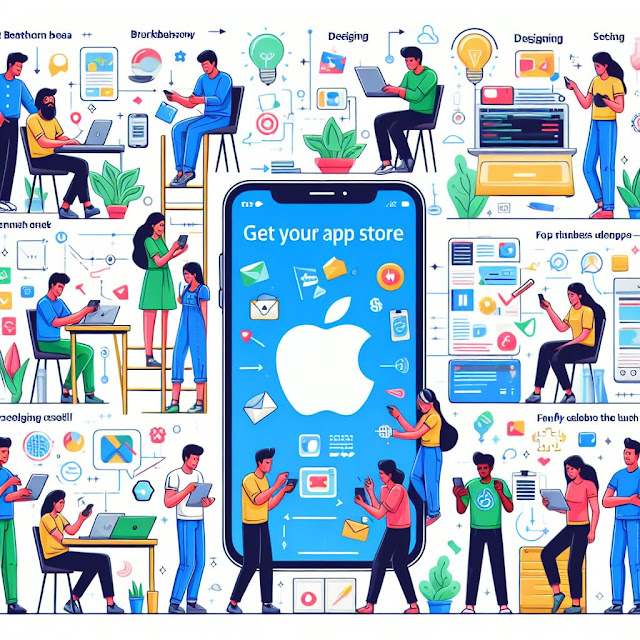Getting Your App on the App Store: A Step-by-Step Guide

This guide takes you through the process of publishing your app on the App Store, from generating the archive to submitting it for review. Preparation: Ensure you have an Apple Developer account with a valid membership ( https://developer.apple.com/programs/ ). Have your app developed and thoroughly tested. Steps: Generate App Archive: Open your Xcode project. Select the appropriate scheme and target . Increase the Build Version and Version Name (these identify your app's version). Choose Generic iOS Device as the build target (ensures compatibility with various devices). Go to Product > Archive to create the archive. Validate Archive: Open the Organizer window in Xcode. Select the latest archive. Click Validate App to identify any issues that might prevent App Store ...

